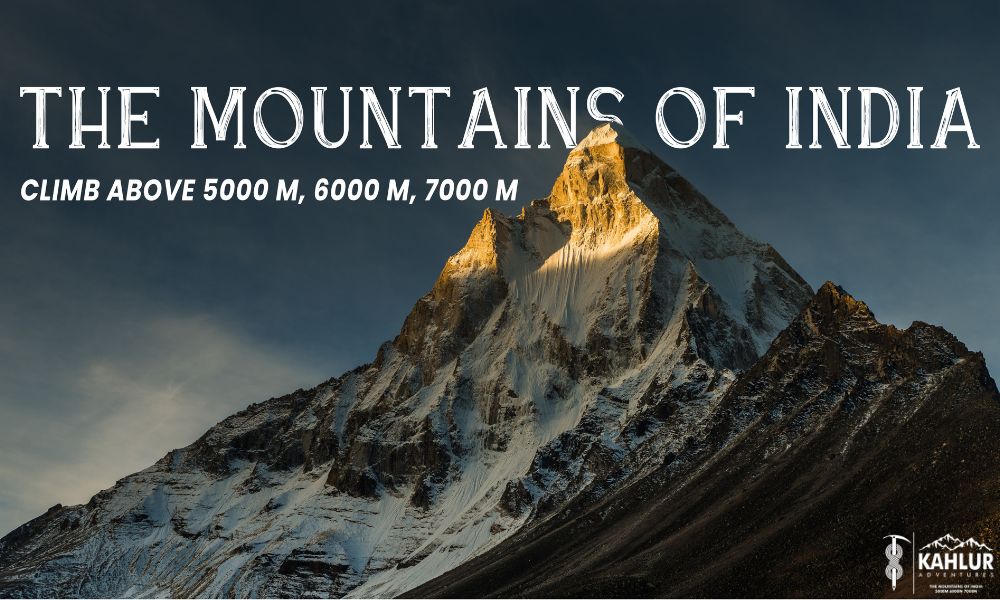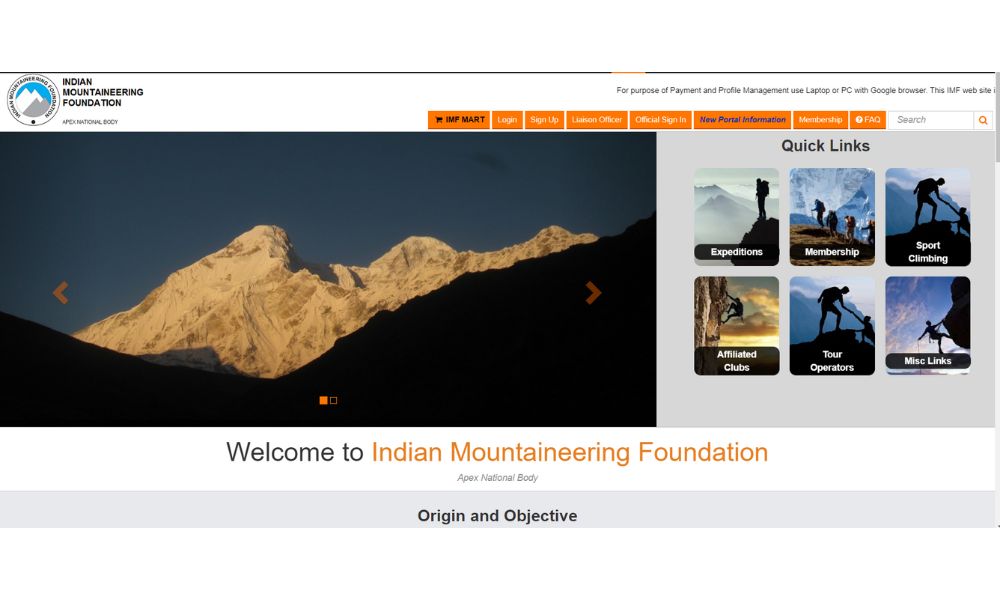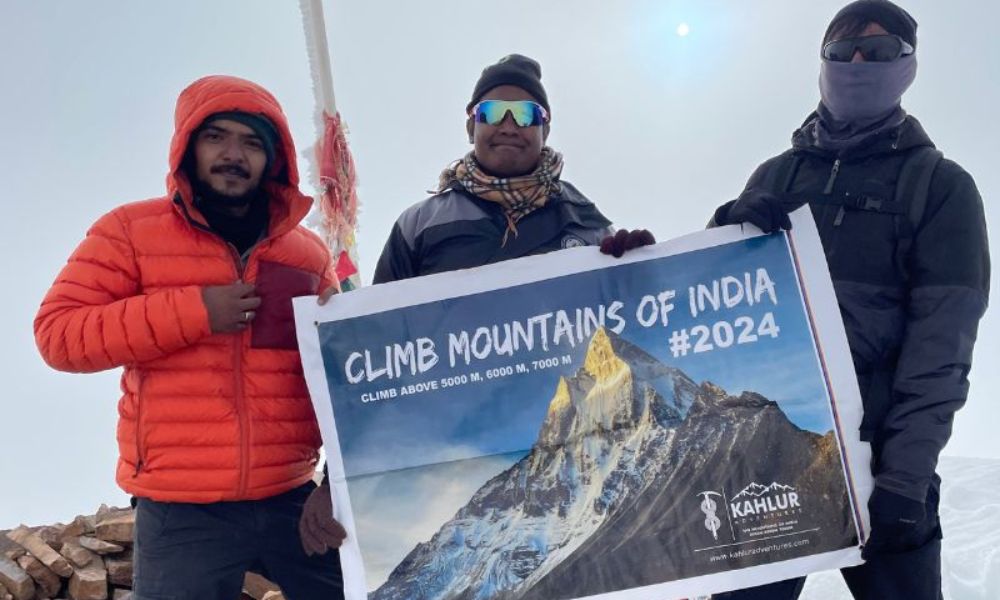
28 Dec History and Significance of Mountaineering in India
Mountaineering In India:
Mountaineering, the sport or activity of climbing mountains, has a long and rich history in India. Situated in the Himalayan range, which boasts some of the highest peaks in the world, India has attracted mountaineers from around the globe, seeking to conquer its majestic summits. The history and significance of mountaineering in India are closely intertwined with exploration, adventure, and the pursuit of human endurance.
Early days of mountaineering in India:
The early days of mountaineering in India can be traced back to the British colonial era. British officers stationed in India saw the Himalayas as an opportunity for adventure and exploration. In the 19th century, several expeditions were undertaken to survey and map the region. British explorers like William Moorcroft and George Everest, after whom Mount Everest is named, ventured into the Himalayas, sparking curiosity and fascination among mountaineering enthusiasts.
First recorded mountaineering expedition in India:
The first recorded mountaineering expedition in India took place in 1883 when a team led by William W. Graham climbed the peak of Sarankot (20,180 feet) in the Kumaon region. This marked the beginning of a series of mountaineering expeditions in the Indian Himalayas. Notably, in 1899, British mountaineer Aleister Crowley attempted to climb the Kangchenjunga, the world’s third-highest peak, but was unsuccessful.
Indian Mountaineering Foundation
The Indian Mountaineering Foundation (IMF), established in 1957, played a significant role in promoting mountaineering in India. It provided a platform for aspiring mountaineers to learn and develop their skills. The IMF organized numerous expeditions, including some landmark achievements.

One such milestone in Indian mountaineering history occurred in 1965 when a team led by Captain Mohan Singh Kohli successfully summited the sacred peak of Nanda Devi (25,643 feet). This marked the first ascent of the peak and put India on the global mountaineering map. Another remarkable achievement came in 1984 when an Indo-Nepalese team led by Captain M.S. Kohli climbed Mount Everest (29,029 feet) via the difficult northeast ridge.
Mountaineering in India is not just about conquering peaks but also about preserving and respecting the fragile ecosystems of the mountains. The Indian government, through organizations like the IMF and the Ministry of Youth Affairs and Sports, has taken steps to regulate mountaineering activities, ensuring environmental sustainability and safety. Strict regulations are in place to obtain permits for climbing peaks in protected areas.
Mountaineering has become more accessible in recent years, with a growing interest among Indians in the sport. The popularity of mountaineering has led to the establishment of mountaineering institutes and adventure tourism companies that offer training programs and guided expeditions.
In addition to the Himalayas, India also has other mountain ranges like the Western Ghats and the Eastern Ghats, which offer opportunities for rock climbing and trekking. These activities attract adventure enthusiasts from different parts of the country and abroad.
The significance of mountaineering in India goes beyond the thrill of scaling peaks. It has become a symbol of national pride and an inspiration for young climbers. Indian mountaineers have not only conquered challenging peaks but have also left a lasting impact on the mountaineering community worldwide.
Indian mountaineers:
Several Indian mountaineers have achieved remarkable feats, such as Bachendri Pal becoming the first Indian woman to climb Mount Everest in 1984 and Arunima Sinha, the first female amputee to climb Mount Everest in 2013. Baljeet Kaur first Indian who summit five above 8ooo M mountains in 30days, Arjun Vajpai youngest Indian to climb Mount Everest, Sheetal Raj became one of the youngest girl to scale Mount Everest at the age of 23, Rajat known as Rajat Ibex climb several peak of Indian Himalayas, Amit Negi climb many 7000 M peaks In India or 8000 M in Nepal, These achievements have not only broken barriers but have also inspired a new generation of mountaineers in India.

Mountaineering in India represents a unique blend of adventure, exploration, and respect for nature. It has a rich history and continues to play a significant role in promoting outdoor sports, adventure tourism, and national pride. As more Indians embark on mountaineering expeditions, they contribute to the growth and development of the sport, ensuring its legacy for future generations.
Welcome to the Mountains of India:
We kahlur Adventures India, invite all the International climber’s or Mountain expedition organizers come to India and climb the Indian Himalayas, Our team ready to provide you all logistics support as well permit to climb the above 5000 M, 6000 M, 7000 M, or unclaimed mountains of India.



No Comments